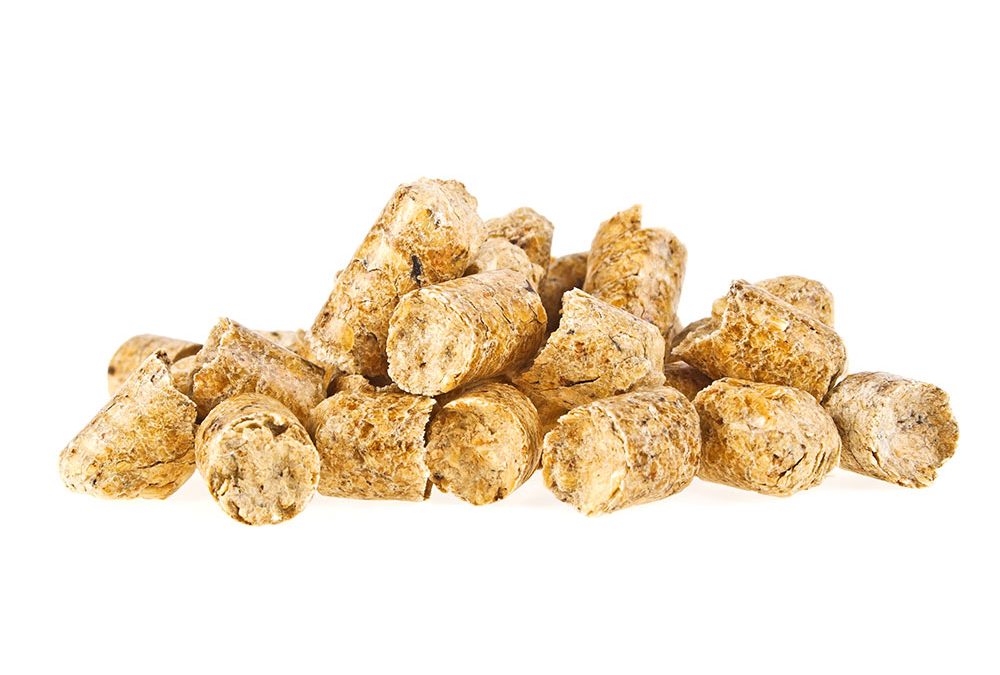The use of sterile diets is a must in maintaining germ free or gnotobiotic rodents. There are basically two methods for the sterilization of feed: steam autoclaving with a temperature ≥ 121 ° C for 15-20 minutes and gamma irradiation at 40-50 kGy.
Both methods have been historically used successfully although for both there are problems of various nature ranging from damage caused to the nutrients during the process, reduction of some nutrients or molecular alteration. In addition, the penetrative capacity of the steam or gamma rays inside and in depth of the mass to be sterilized can be an aspect worthy of investigation.
Monitoring and validation of the sterilization process is always a necessary procedure when the goal is the maintenance of animals with a controlled microbiological status. Autoclaving sterilization involves the use of specific biological indicators (Geobacillus stearotermophilus) with logarithmic values of 106 while the gamma ray irradiation should be monitored with the simultaneous use of dosimeters and biological indicators (Deinococcus radiodurans, or the spores of Bacillus pumilus) distributed in standard loads.
However, in addition to the indirect evaluation methods of the sterilization process (biological indicators), the final answer must be given by direct microbiological analysis on feed pellets. This verification can only be carried out in a well-equipped laboratory with experience in sterility tests.
Recent Articles
- Gnotobiotic facilities: writing inside isolators 4 April 2022
- Germ-free cage sterilization 24 January 2022
- Microbiota and its importance in aging 25 October 2021
- Procedural diversity and technical choices working with gnotobiotic mice in IVCs. (part 2) 27 September 2021
- Procedural diversity and technical choices working with gnotobiotic mice in IVCs. (part 1) 30 August 2021
DVC – Digital Ventilated Cage for digital vivarium

The DVC® is capable to provide novel insights and enhance animal welfare checks thanks to the automatic data collection directly from the cage level. Specifically designed DVC® board enables different benefits for the researchers and vivarium people.


